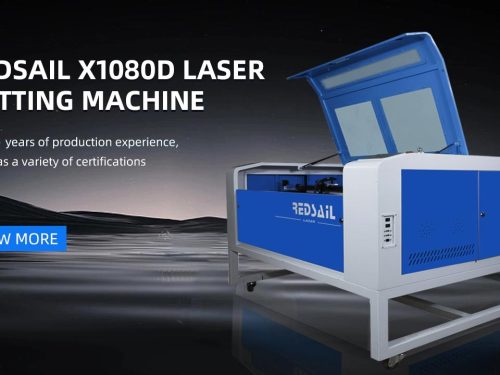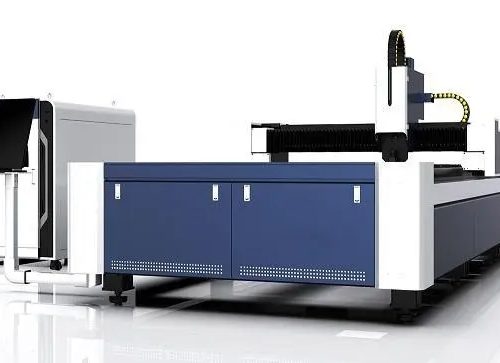
There are many kinds of vulnerable parts of laser cutting machine. Today, I mainly introduce the protective lenses of laser cutting machine. As the name implies, the protective lens is used to prevent dust and slag splashing from damaging the focusing lens. In addition to its application in laser cutting machines, it is also necessary in other laser equipment, including laser marking, laser welding and laser carving. It can be seen that the application market of protective lenses is very large.
The price of protective lenses on the market varies greatly from tens of yuan to hundreds of yuan, and the quality is also different. Of course, it is not uncommon to substitute inferior lenses. If the lens is improperly selected, it will cause large laser loss, frequent damage to the protective lens, unstable product quality, and serious losses to the enterprise. Therefore, selecting appropriate protective lenses is a very important thing.
There are three steps to select the protective lens of the laser cutting machine:
1) It is easy to understand that the shape and size match;
2) According to different laser power, considering the use cost, K9 and quartz can be selected. In the actual application process, professional manufacturers divide these two kinds of materials into several grades, and customers can choose the corresponding specifications according to the actual needs
3) Coating, laser antireflection coating, different coating technical parameters are adopted according to the use environment.
Although the protective lens of the laser cutting machine is a vulnerable part, in order to improve its utilization rate and reduce production costs, the protective lens can be cleaned regularly to achieve the purpose of reuse. Here are the three cleaning steps summarized by high-energy laser:
1. The protective lens material is ZnSe (arsenic zinc), which is brittle and afraid of falling; Attention shall be paid during disassembly and assembly: do not use too much force, and do not collide with hard objects. There is anti-reflective film on the surface, which is afraid of pollution, moisture, oil and scratching; Therefore, it is required to provide dry and degreased air during work. Never directly handle the lens of the laser cutting machine to protect the lens, because skin grease will cause damage to the lens surface. On the contrary, you can operate with gloves and special sets. For smaller lenses, it will be more convenient to use optical tweezers or vacuum tweezers. No matter what method is used to clamp the laser cutting machine protective lens, it can only be clamped along the non-optical surface, such as the frosted edge of the plaque edge.
2. Generally, it is necessary to check the condition of the protective lens of the laser cutting machine before and after use and cleaning. Because the size of most pollutants and surface defects is relatively small, we often need to use magnifying equipment when inspecting lenses. In addition to amplification equipment, sometimes we also need to irradiate the optical surface with a relatively bright light to enhance the specular reflection intensity of surface pollutants and defects, so that pollutants and defects can be found more easily.
3. When cleaning the protective lens of a laser cutting machine, clean wiping paper and optical-grade solvent are often used to prevent damage by other pollutants. Wiping paper must be wetted with appropriate solvent, and must not be used dry. In consideration of softness, the available wiping paper is pure cotton Webril wiping paper or cotton ball, lens paper, cotton swab and other applicators.










